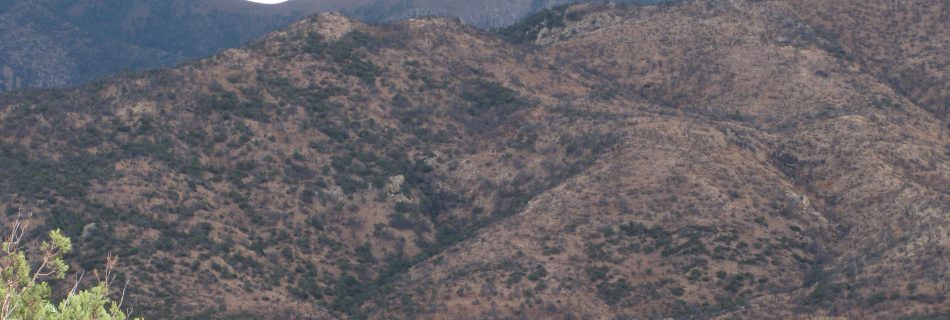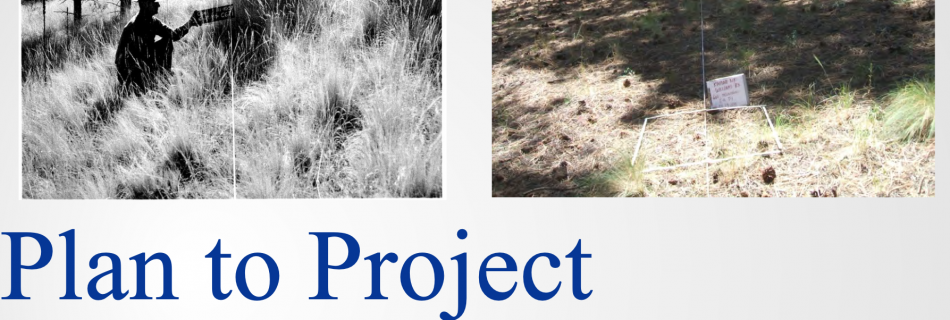March 27, 2013: The Fire Season Outlook for 2013 and How It’s Built
Presenter: Chuck Maxwell, Fire Meteorologist, Southwest Coordination Center, Predictive Services Chuck Maxwell will discuss how Predictive Services develops seasonal fire potential predictions and what the outlook is this year for the Southwest. Join this webinar to get an inside view of the data and methods that go into fire season predictions, and equally important where …
Read more “March 27, 2013: The Fire Season Outlook for 2013 and How It’s Built”


